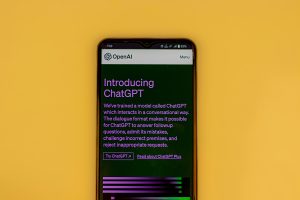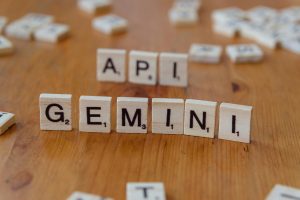Version 1: The Ubiquity of ChatGPT’s Linguistic Signature in Our Daily Encounters
The Overexposure of a Popular Linguistic Pattern in Media and Content Creation
In recent months, I’ve become increasingly aware of a particular linguistic style that seems to be everywhere—from student essays and classroom discussions to online content such as video essays and comment threads. As an educator, I often analyze the writing and speech patterns of my students and creators, but lately, I’ve noticed a recurring structure that stands out: the phrase “that’s not X, it’s Y.”
Initially, I wondered whether this pattern was a product of AI assistance, especially after observing it frequently in scripts supposedly crafted by content creators. The moment I heard or read that construction, I’d think, “Did an AI generate this?” However, I realized that this linguistic style predates AI technology; it’s something that has been part of existing language conventions for quite some time.
What has changed is my heightened sensitivity to it. Now, even when someone writes or speaks naturally—without AI involvement—the moment I detect this specific phrasing or the stylistic choice that resembles it, I assume some form of automated generation or at least a heavily influenced pattern. The insistence on structures like “that’s not X, it’s Y,” combined with stylistic habits such as overused em dashes, can be painstakingly obvious. I often find myself wishing for a more refined approach before hitting send or publish.
It’s not necessarily frustration or anger that I feel, but a kind of internal cringe each time I hear that phrase or observe that pattern. There’s a nostalgic longing for the organic, imperfect ways of speaking and writing that seem to be fading into a sea of uniformity driven by popular content creation tools and stylistic trends. It’s bittersweet—knowing that these expressions were originally used because people enjoyed communicating in that manner, yet now they seem tainted or overused.
This shift reflects a broader conversation about authenticity and originality in digital content. While the patterns and phrases are harmless on their own, their ubiquity has made them almost immediately recognizable as… well, somewhat “machine-like.” It’s a gentle reminder to us all to strive for genuine, varied expression—even in the face of increasingly prevalent automated or stylized content.
I appreciate the creativity and humor that emerges from these conversations, especially when commenters playfully emulate AI-like responses or challenge each other to inject originality. Maintaining that level of ingenuity is vital, because over time, even the most amusing jokes or clever retorts can become predictable if they all start to sound the same














Post Comment